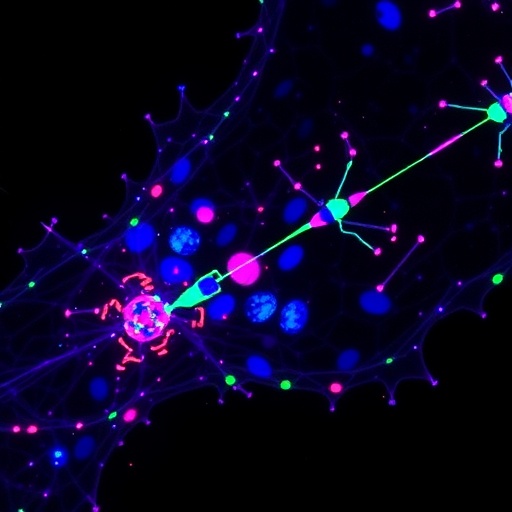EAST LANSING, Mich. — New research from Michigan State University indicates that embryonic tissue, key to the development of a baby's gender, could contribute to an enlarged prostate, or BPH, in men later in life.
It's estimated that up to 90 percent of older men experience BPH, or benign prostatic hyperplasia, and quality of life can be severely affected.
"During development, both male and female embryos start out having certain fetal tissue called the Müllerian duct mesenchyme," said Jose Teixeira, professor of reproductive biology in the College of Human Medicine and lead author of the federally funded study. "Human male embryos need to get rid of this tissue typically between 7 to 10 weeks after conception or else they will develop a uterus."
According to Teixeira, his latest findings, now published in PNAS, clearly show that some of this tissue remains in male mice and contributes to cells where the prostate is located.
"No one really has known the origin of this disease," Teixeira said. "But we now have early clues that this remnant tissue in the mice becomes part of the tissue that would go on to develop an enlarged prostate."
Teixeira and his team also found that a malfunctioning tumor-suppressing gene that's associated with certain cancers, such as colon and pancreatic, and is known as Stk11, additionally influenced the development of BPH.
"By altering the Stk11 gene, the number of cells in this embryonic tissue multiplied above what is needed and caused the prostate tissue surrounding the urethra to grow," Teixeira said.
This overgrowth of tissue is what he indicated could cause the lower urinary tract symptoms, such as difficulty urinating, in older men with the disease.
"Most drugs or procedures on the market today just treat the symptoms, not the disease itself," Teixeira said. "Our study could open up a whole new pathway for targeted treatments to help shrink the prostate tissue or stop it from growing further."
Before this can happen though, Teixeira said that his team will first have to determine whether the Stk11 gene or the other genes and proteins it controls are similarly affected in the human form of BPH.
###
Other MSU contributors on the study include postdoctoral students Jitu George and Amanda Patterson.
The National Institutes of Health funded the research.
Michigan State University has been working to advance the common good in uncommon ways for more than 150 years. One of the top research universities in the world, MSU focuses its vast resources on creating solutions to some of the world's most pressing challenges, while providing life-changing opportunities to a diverse and inclusive academic community through more than 200 programs of study in 17 degree-granting colleges.
Media Contact
Sarina Gleason
[email protected]
517-355-9742
@MSUnews
http://msutoday.msu.edu/journalists/
############
Story Source: Materials provided by Scienmag




